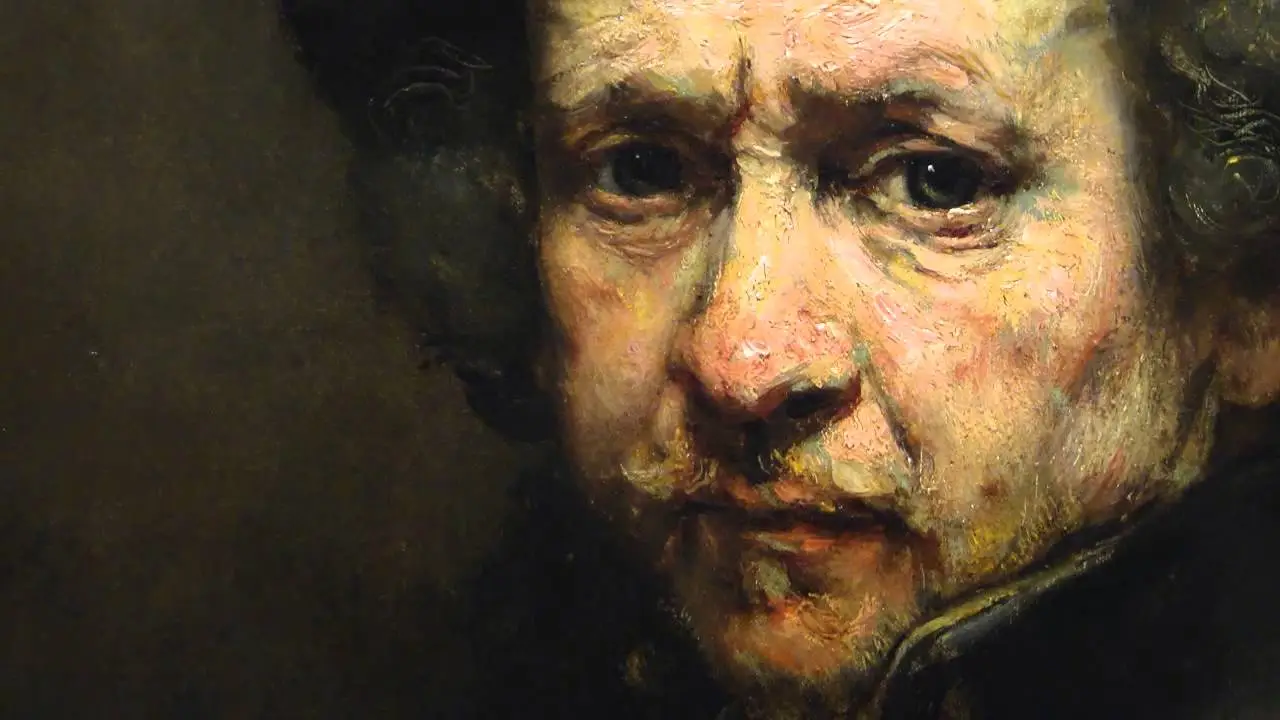
Robert Draws – Rembrandt van Rijn was born in Leiden, Netherlands, in 1606. He became one of the greatest painters of the Baroque era. Rembrandt mastered light and shadow like few others in history. His style showed emotion, depth, and technical brilliance. He produced over 300 paintings and countless drawings and etchings. His work continues to inspire generations of artists worldwide. He lived during the Dutch Golden Age of art and culture. His most famous work is The Night Watch, completed in 1642.
Rembrandt van Rijn was born to a wealthy miller and his wife. He studied Latin and attended the University of Leiden. Art captured Rembrandt van Rijn’s heart more than academics or philosophy. At age 14, Rembrandt van Rijn began his artistic training under Jacob van Swanenburgh. He later studied with Pieter Lastman in Amsterdam. Under Lastman, Rembrandt van Rijn learned the power of dramatic storytelling. His early works already showed signs of genius. Historical and biblical scenes were commonly painted by Rembrandt van Rijn.
“Read about: From Curiosity to Colonialism: The Stories Behind “Little Beasts” Artworks”
Rembrandt’s technique deeply rooted realism and emotion. Moreover, he balanced light and shadow masterfully in his compositions. Faces showed detail, texture, and psychological depth. Consequently, ordinary people became extraordinary through his brushwork. He frequently used the chiaroscuro technique in his work. Additionally, he rendered clothing textures with stunning precision and care. The human soul seemed to glow from his canvas. Finally, many portraits express sadness, wisdom, or contemplation.
“Read more: From Toys to Tunes: The Surge of Retro and Vintage Collecting”
Rembrandt completed The Night Watch in 1642 and displayed it in Amsterdam. People recognized it as one of his greatest masterpieces. The painting shows a group of militia men preparing for action. Rembrandt chose a dramatic composition instead of a static group portrait. He used movement and depth in a way that revolutionized painting at the time. The figures appear to come alive under theatrical lighting. Critics and fans both admired his boldness and innovation. Over time, experts cleaned, restored, and protected the canvas carefully.
Rembrandt faced many personal and financial struggles later in life. His wife Saskia died early, leaving him in grief. Several of his children died young from illness. He had a long relationship with Hendrickje Stoffels, his partner. Bankruptcy forced him to sell his house and art collection. Despite poverty, his artistic output never diminished. Many of his finest works were created during hard times. His emotions and pain were reflected in his later self-portraits.
Rembrandt’s influence spans centuries and continents. His work has been studied, admired, and reproduced by artists globally. He brought emotion and realism to religious and mythological scenes. Self-portraits gave insight into his life and inner world. The Rijksmuseum in Amsterdam holds many of his masterpieces. The Jewish Bride and The Anatomy Lesson remain iconic works. His prints and etchings helped spread his fame during his lifetime. He was buried in an unmarked grave in 1669.
His art speaks to both the heart and the mind. Light becomes more than technique—it becomes narrative. Each wrinkle and gaze tells a silent story. Audiences connect with his humanity and sensitivity. Modern museums continue to honor his vision. Art students are still taught using Rembrandt’s techniques. Exhibitions of his work draw millions around the world. He is remembered as the master who painted with light.